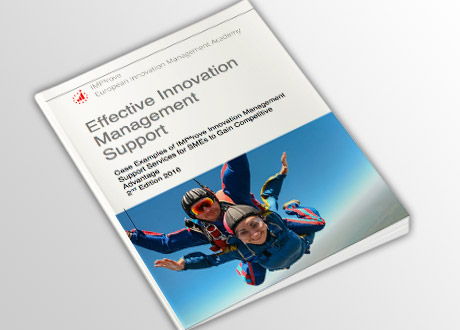Systematic Idea Generation and Organizational Capabilities for Front-End Innovation Performance in SMEs
This study seeks to answer two key questions about the front-end innovation: when do idea generation activities involving internal and external partner’s payoff, and which organizational capabilities support idea generation activities for achieving high front-end performance?











